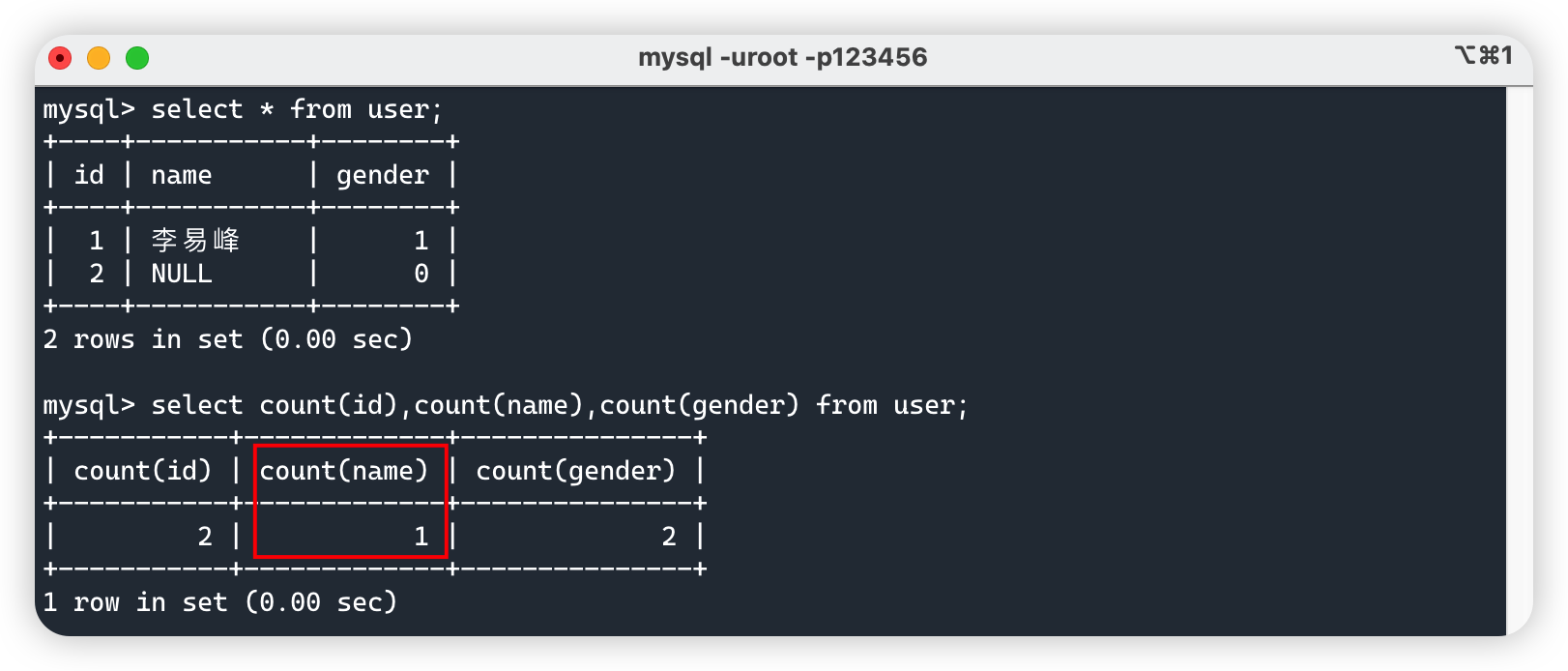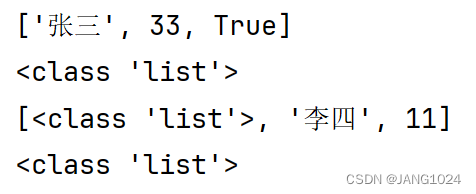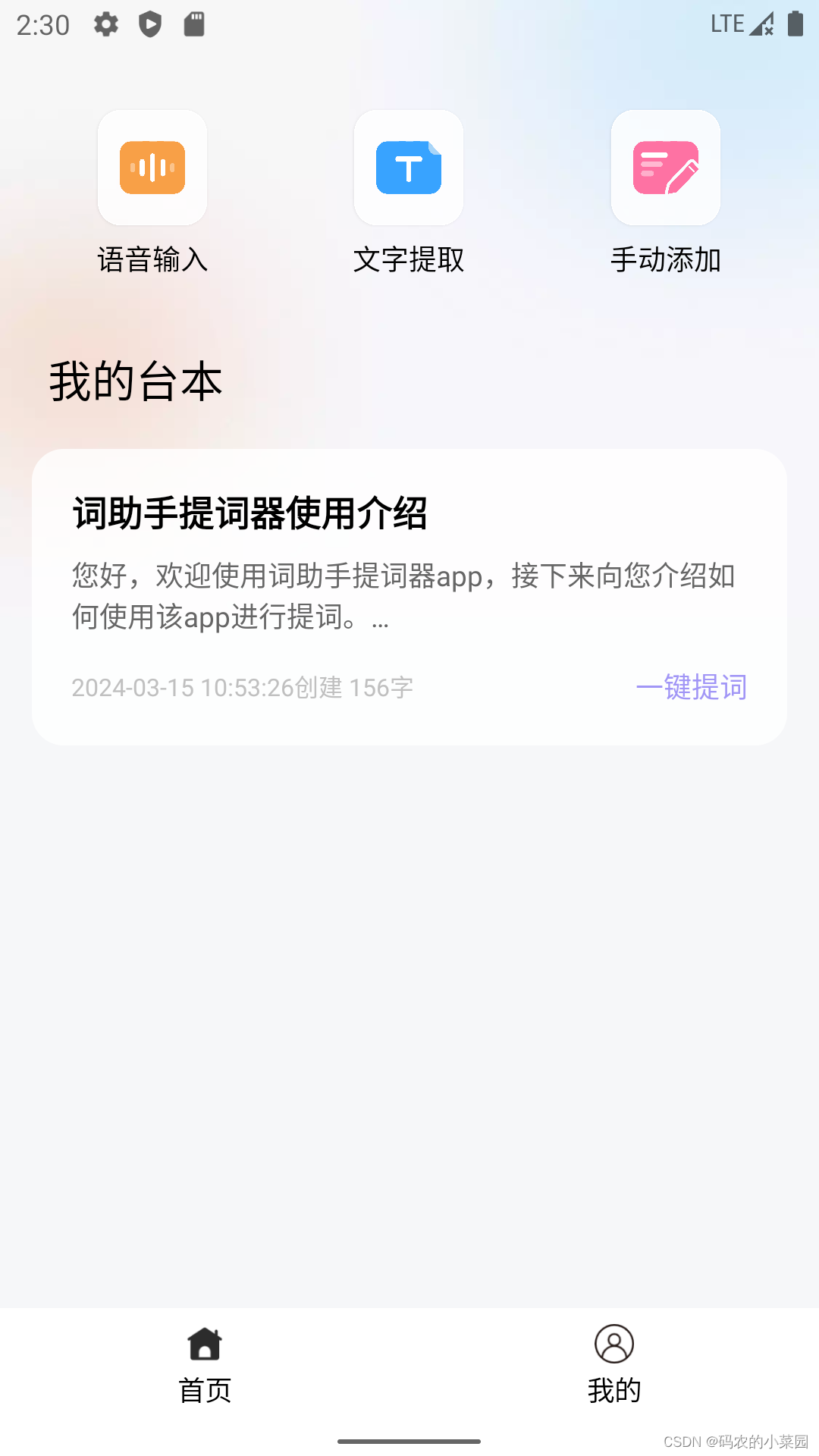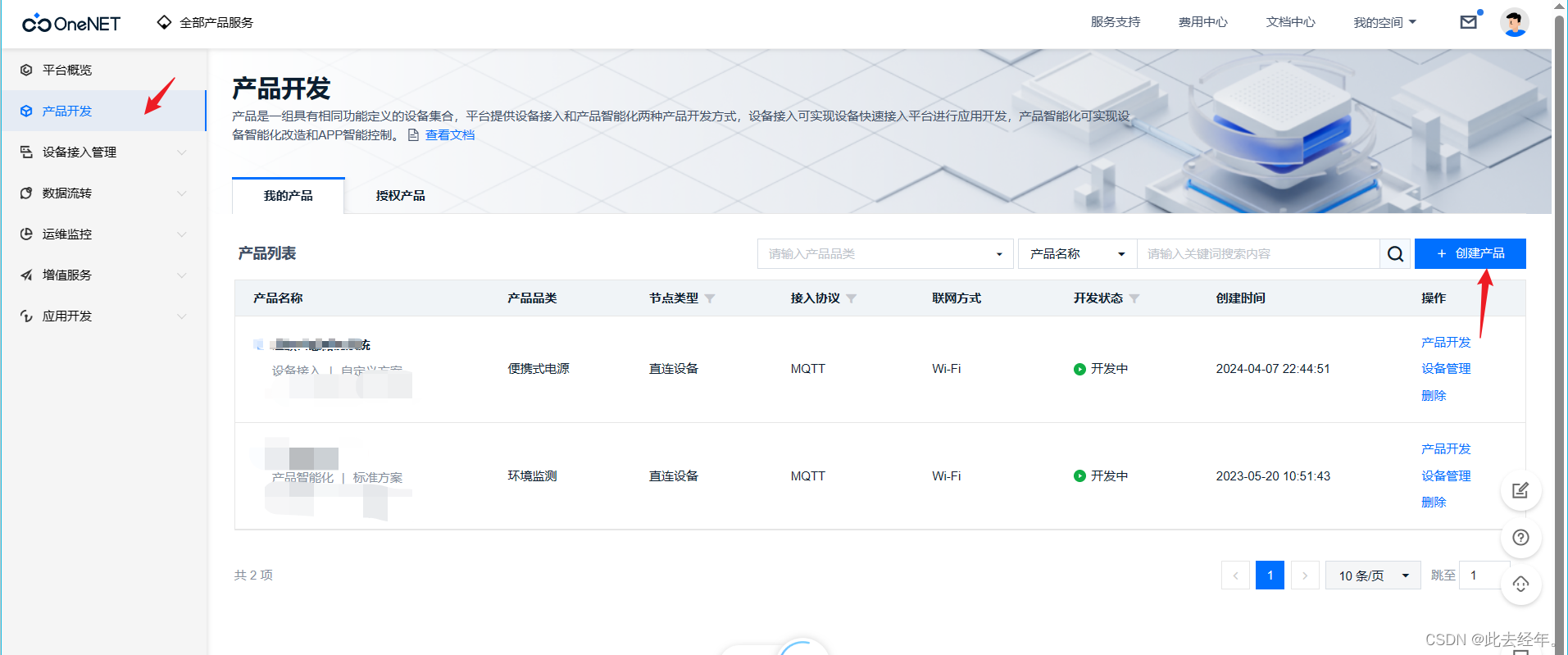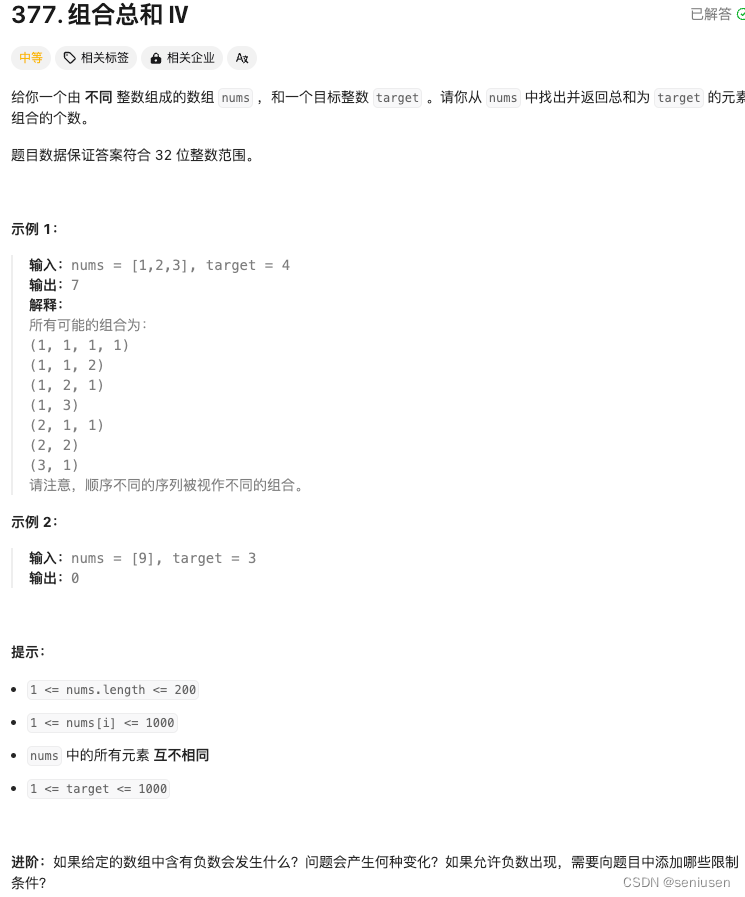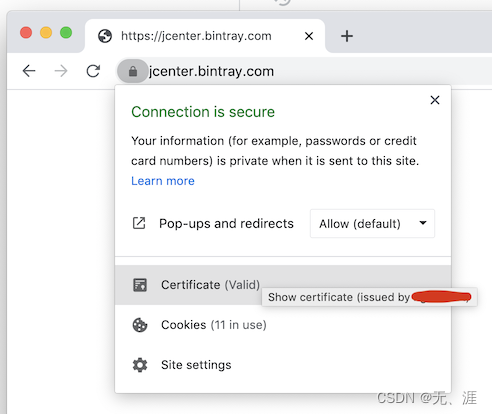apk安装
https://github.com/sucese/android-open-source-project-analysis/blob/master/doc/Android%E7%B3%BB%E7%BB%9F%E5%BA%94%E7%94%A8%E6%A1%86%E6%9E%B6%E7%AF%87/Android%E5%8C%85%E7%AE%A1%E7%90%86%E6%A1%86%E6%9E%B6/02Android%E5%8C%85%E7%AE%A1%E7%90%86%E6%A1%86%E6%9E%B6%EF%BC%9AAPK%E7%9A%84%E5%AE%89%E8%A3%85%E6%B5%81%E7%A8%8B.md
https://github.com/sucese/android-open-source-project-analysis/blob/master/doc/Android%E7%B3%BB%E7%BB%9F%E5%BA%94%E7%94%A8%E6%A1%86%E6%9E%B6%E7%AF%87/Android%E5%8C%85%E7%AE%A1%E7%90%86%E6%A1%86%E6%9E%B6/03Android%E5%8C%85%E7%AE%A1%E7%90%86%E6%A1%86%E6%9E%B6%EF%BC%9AAPK%E7%9A%84%E5%8A%A0%E8%BD%BD%E6%B5%81%E7%A8%8B.md
解析View树
解析merge标签,rInflate()方法会将merge下面的所有子View直接添加到根容器中,这里我们也理解了为什么merge标签可以达到简化布局的效果。
不是merge标签那么直接调用createViewFromTag()方法解析成布局中的视图,这里的参数name就是要解析视图的类型,例如:ImageView。
调用generateLayoutParams()f方法生成布局参数,如果attachToRoot为false,即不添加到根容器里,为View设置布局参数。
调用rInflateChildren()方法解析当前View下面的所有子View。
如果根容器不为空,且attachToRoot为true,则将解析出来的View添加到根容器中,如果根布局为空或者attachToRoot为false,那么解析出来的额View就是返回结果。返回解析出来的结果。
public abstract class LayoutInflater {
public View inflate(XmlPullParser parser, @Nullable ViewGroup root, boolean attachToRoot) {
synchronized (mConstructorArgs) {
Trace.traceBegin(Trace.TRACE_TAG_VIEW, "inflate");
final Context inflaterContext = mContext;
final AttributeSet attrs = Xml.asAttributeSet(parser);
//Context对象
Context lastContext = (Context) mConstructorArgs[0];
mConstructorArgs[0] = inflaterContext;
//存储根视图
View result = root;
try {
// 获取根元素
int type;
while ((type = parser.next()) != XmlPullParser.START_TAG &&
type != XmlPullParser.END_DOCUMENT) {
// Empty
}
if (type != XmlPullParser.START_TAG) {
throw new InflateException(parser.getPositionDescription()
+ ": No start tag found!");
}
final String name = parser.getName();
if (DEBUG) {
System.out.println("**************************");
System.out.println("Creating root view: "
+ name);
System.out.println("**************************");
}
//1. 解析merge标签,rInflate()方法会将merge下面的所有子View直接添加到根容器中,这里
//我们也理解了为什么merge标签可以达到简化布局的效果。
if (TAG_MERGE.equals(name)) {
if (root == null || !attachToRoot) {
throw new InflateException("<merge /> can be used only with a valid "
+ "ViewGroup root and attachToRoot=true");
}
rInflate(parser, root, inflaterContext, attrs, false);
} else {
//2. 不是merge标签那么直接调用createViewFromTag()方法解析成布局中的视图,这里的参数name就是要解析视图的类型,例如:ImageView
final View temp = createViewFromTag(root, name, inflaterContext, attrs);
ViewGroup.LayoutParams params = null;
if (root != null) {
if (DEBUG) {
System.out.println("Creating params from root: " +
root);
}
//3. 调用generateLayoutParams()f方法生成布局参数,如果attachToRoot为false,即不添加到根容器里,为View设置布局参数
params = root.generateLayoutParams(attrs);
if (!attachToRoot) {
// Set the layout params for temp if we are not
// attaching. (If we are, we use addView, below)
temp.setLayoutParams(params);
}
}
if (DEBUG) {
System.out.println("-----> start inflating children");
}
//4. 调用rInflateChildren()方法解析当前View下面的所有子View
rInflateChildren(parser, temp, attrs, true);
if (DEBUG) {
System.out.println("-----> done inflating children");
}
//如果根容器不为空,且attachToRoot为true,则将解析出来的View添加到根容器中
if (root != null && attachToRoot) {
root.addView(temp, params);
}
//如果根布局为空或者attachToRoot为false,那么解析出来的额View就是返回结果
if (root == null || !attachToRoot) {
result = temp;
}
}
} catch (XmlPullParserException e) {
final InflateException ie = new InflateException(e.getMessage(), e);
ie.setStackTrace(EMPTY_STACK_TRACE);
throw ie;
} catch (Exception e) {
final InflateException ie = new InflateException(parser.getPositionDescription()
+ ": " + e.getMessage(), e);
ie.setStackTrace(EMPTY_STACK_TRACE);
throw ie;
} finally {
// Don't retain static reference on context.
mConstructorArgs[0] = lastContext;
mConstructorArgs[1] = null;
Trace.traceEnd(Trace.TRACE_TAG_VIEW);
}
return result;
}
}
}
上面我们已经提到View树的解析是有rInflate()方法来完成的,我们接着来看看View树是如何被解析的。
public abstract class LayoutInflater {
void rInflate(XmlPullParser parser, View parent, Context context,
AttributeSet attrs, boolean finishInflate) throws XmlPullParserException, IOException {
//1. 获取树的深度,执行深度优先遍历
final int depth = parser.getDepth();
int type;
//2. 逐个进行元素解析
while (((type = parser.next()) != XmlPullParser.END_TAG ||
parser.getDepth() > depth) && type != XmlPullParser.END_DOCUMENT) {
if (type != XmlPullParser.START_TAG) {
continue;
}
final String name = parser.getName();
if (TAG_REQUEST_FOCUS.equals(name)) {
//3. 解析添加ad:focusable="true"的元素,并获取View焦点。
parseRequestFocus(parser, parent);
} else if (TAG_TAG.equals(name)) {
//4. 解析View的tag。
parseViewTag(parser, parent, attrs);
} else if (TAG_INCLUDE.equals(name)) {
//5. 解析include标签,注意include标签不能作为根元素。
if (parser.getDepth() == 0) {
throw new InflateException("<include /> cannot be the root element");
}
parseInclude(parser, context, parent, attrs);
} else if (TAG_MERGE.equals(name)) {
//merge标签必须为根元素
throw new InflateException("<merge /> must be the root element");
} else {
//6. 根据元素名进行解析,生成View。
final View view = createViewFromTag(parent, name, context, attrs);
final ViewGroup viewGroup = (ViewGroup) parent;
final ViewGroup.LayoutParams params = viewGroup.generateLayoutParams(attrs);
//7. 递归调用解析该View里的所有子View,也是深度优先遍历,rInflateChildren内部调用的也是rInflate()方
//法,只是传入了新的parent View
rInflateChildren(parser, view, attrs, true);
//8. 将解析出来的View添加到它的父View中。
viewGroup.addView(view, params);
}
}
if (finishInflate) {
//9. 回调根容器的onFinishInflate()方法,这个方法我们应该很熟悉。
parent.onFinishInflate();
}
}
//rInflateChildren内部调用的也是rInflate()方法,只是传入了新的parent View
final void rInflateChildren(XmlPullParser parser, View parent, AttributeSet attrs,
boolean finishInflate) throws XmlPullParserException, IOException {
rInflate(parser, parent, parent.getContext(), attrs, finishInflate);
}
}整个View树的解析流程,我们来概括一下:
- 获取树的深度,执行深度优先遍历.
- 逐个进行元素解析。
- 解析添加ad:focusable="true"的元素,并获取View焦点。
- 解析View的tag。
- 解析include标签,注意include标签不能作为根元素,而merge必须作为根元素。
- 根据元素名进行解析,生成View。
- 递归调用解析该View里的所有子View,也是深度优先遍历,rInflateChildren内部调用的也是rInflate()方法,只是传入了新的parent View。
- 将解析出来的View添加到它的父View中。
- 回调根容器的onFinishInflate()方法,这个方法我们应该很熟悉。
你可以看到,负责解析单个View的正是createViewFromTag()方法,我们再来分析下这个方法。
public abstract class LayoutInflater {
View createViewFromTag(View parent, String name, Context context, AttributeSet attrs,
boolean ignoreThemeAttr) {
//1. 解析view标签。注意是小写view,这个不太常用,下面会说。
if (name.equals("view")) {
name = attrs.getAttributeValue(null, "class");
}
//2. 如果标签与主题相关,则需要将context与themeResId包裹成ContextThemeWrapper。
if (!ignoreThemeAttr) {
final TypedArray ta = context.obtainStyledAttributes(attrs, ATTRS_THEME);
final int themeResId = ta.getResourceId(0, 0);
if (themeResId != 0) {
context = new ContextThemeWrapper(context, themeResId);
}
ta.recycle();
}
//3. BlinkLayout是一种会闪烁的布局,被包裹的内容会一直闪烁,像QQ消息那样。
if (name.equals(TAG_1995)) {
// Let's party like it's 1995!
return new BlinkLayout(context, attrs);
}
try {
View view;
//4. 用户可以设置LayoutInflater的Factory来进行View的解析,但是默认情况下
//这些Factory都是为空的。
if (mFactory2 != null) {
view = mFactory2.onCreateView(parent, name, context, attrs);
} else if (mFactory != null) {
view = mFactory.onCreateView(name, context, attrs);
} else {
view = null;
}
if (view == null && mPrivateFactory != null) {
view = mPrivateFactory.onCreateView(parent, name, context, attrs);
}
//5. 默认情况下没有Factory,而是通过onCreateView()方法对内置View进行解析,createView()
//方法进行自定义View的解析。
if (view == null) {
final Object lastContext = mConstructorArgs[0];
mConstructorArgs[0] = context;
try {
//这里有个小技巧,因为我们在使用自定义View的时候是需要在xml指定全路径的,例如:
//com.guoxiaoxing.CustomView,那么这里就有个.了,可以利用这一点判定是内置View
//还是自定义View,Google的工程师很机智的。😎
if (-1 == name.indexOf('.')) {
//内置View解析
view = onCreateView(parent, name, attrs);
} else {
//自定义View解析
view = createView(name, null, attrs);
}
} finally {
mConstructorArgs[0] = lastContext;
}
}
return view;
} catch (InflateException e) {
throw e;
} catch (ClassNotFoundException e) {
final InflateException ie = new InflateException(attrs.getPositionDescription()
+ ": Error inflating class " + name, e);
ie.setStackTrace(EMPTY_STACK_TRACE);
throw ie;
} catch (Exception e) {
final InflateException ie = new InflateException(attrs.getPositionDescription()
+ ": Error inflating class " + name, e);
ie.setStackTrace(EMPTY_STACK_TRACE);
throw ie;
}
}
}
单个View的解析流程也很简单,我们来梳理一下:
- 解析View标签。
- 如果标签与主题相关,则需要将context与themeResId包裹成ContextThemeWrapper。
- BlinkLayout是一种会闪烁的布局,被包裹的内容会一直闪烁,像QQ消息那样。
- 用户可以设置LayoutInflater的Factory来进行View的解析,但是默认情况下这些Factory都是为空的。
- 默认情况下没有Factory,而是通过onCreateView()方法对内置View进行解析,createView()方法进行自定义View的解析。这里有个小技巧,因为 我们在使用自定义View的时候是需要在xml指定全路径的,例如:com.guoxiaoxing.CustomView,那么这里就有个.了,可以利用这一点判定是内置View 还是自定义View,Google的工程师很机智的。😎
关于onCreateView()与createView()
这两个方法在本质上都是一样的,只是onCreateView()会给内置的View前面加一个前缀,例如:android.widget,方便开发者在写内置View的时候,不用谢全路径名。 前面我们也提到了LayoutInflater是一个抽象类,我们实际使用的PhoneLayoutInflater,这个类的实现很简单,它重写了LayoutInflater的onCreatView()方法,该 方法就是做了一个给内置View加前缀的事情。
public class PhoneLayoutInflater extends LayoutInflater {
private static final String[] sClassPrefixList = {
"android.widget.",
"android.webkit.",
"android.app."
};
@Override protected View onCreateView(String name, AttributeSet attrs) throws ClassNotFoundException {
//循环遍历三种前缀,尝试创建View
for (String prefix : sClassPrefixList) {
try {
View view = createView(name, prefix, attrs);
if (view != null) {
return view;
}
} catch (ClassNotFoundException e) {
// In this case we want to let the base class take a crack
// at it.
}
}
return super.onCreateView(name, attrs);
}
public LayoutInflater cloneInContext(Context newContext) {
return new PhoneLayoutInflater(this, newContext);
}
}
这样一来,真正的View构建还是在createView()方法里完成的,createView()主要根据完整的类的路径名利用反射机制构建View对象,我们具体来 看看createView()方法的实现。
public abstract class LayoutInflater {
public final View createView(String name, String prefix, AttributeSet attrs)
throws ClassNotFoundException, InflateException {
//1. 从缓存中读取构造函数。
Constructor<? extends View> constructor = sConstructorMap.get(name);
if (constructor != null && !verifyClassLoader(constructor)) {
constructor = null;
sConstructorMap.remove(name);
}
Class<? extends View> clazz = null;
try {
Trace.traceBegin(Trace.TRACE_TAG_VIEW, name);
if (constructor == null) {
// Class not found in the cache, see if it's real, and try to add it
//2. 没有在缓存中查找到构造函数,则构造完整的路径名,并加装该类。
clazz = mContext.getClassLoader().loadClass(
prefix != null ? (prefix + name) : name).asSubclass(View.class);
if (mFilter != null && clazz != null) {
boolean allowed = mFilter.onLoadClass(clazz);
if (!allowed) {
failNotAllowed(name, prefix, attrs);
}
}
//3. 从Class对象中获取构造函数,并在sConstructorMap做下缓存,方便下次使用。
constructor = clazz.getConstructor(mConstructorSignature);
constructor.setAccessible(true);
sConstructorMap.put(name, constructor);
} else {
//4. 如果sConstructorMap中有当前View构造函数的缓存,则直接使用。
if (mFilter != null) {
// Have we seen this name before?
Boolean allowedState = mFilterMap.get(name);
if (allowedState == null) {
// New class -- remember whether it is allowed
clazz = mContext.getClassLoader().loadClass(
prefix != null ? (prefix + name) : name).asSubclass(View.class);
boolean allowed = clazz != null && mFilter.onLoadClass(clazz);
mFilterMap.put(name, allowed);
if (!allowed) {
failNotAllowed(name, prefix, attrs);
}
} else if (allowedState.equals(Boolean.FALSE)) {
failNotAllowed(name, prefix, attrs);
}
}
}
Object[] args = mConstructorArgs;
args[1] = attrs;
//5. 利用构造函数,构建View对象。
final View view = constructor.newInstance(args);
if (view instanceof ViewStub) {
// Use the same context when inflating ViewStub later.
final ViewStub viewStub = (ViewStub) view;
viewStub.setLayoutInflater(cloneInContext((Context) args[0]));
}
return view;
} catch (NoSuchMethodException e) {
final InflateException ie = new InflateException(attrs.getPositionDescription()
+ ": Error inflating class " + (prefix != null ? (prefix + name) : name), e);
ie.setStackTrace(EMPTY_STACK_TRACE);
throw ie;
} catch (ClassCastException e) {
// If loaded class is not a View subclass
final InflateException ie = new InflateException(attrs.getPositionDescription()
+ ": Class is not a View " + (prefix != null ? (prefix + name) : name), e);
ie.setStackTrace(EMPTY_STACK_TRACE);
throw ie;
} catch (ClassNotFoundException e) {
// If loadClass fails, we should propagate the exception.
throw e;
} catch (Exception e) {
final InflateException ie = new InflateException(
attrs.getPositionDescription() + ": Error inflating class "
+ (clazz == null ? "<unknown>" : clazz.getName()), e);
ie.setStackTrace(EMPTY_STACK_TRACE);
throw ie;
} finally {
Trace.traceEnd(Trace.TRACE_TAG_VIEW);
}
}
}
好了,讲到这里一个布局xml资源文件的查找和解析流程就分析完了。






















